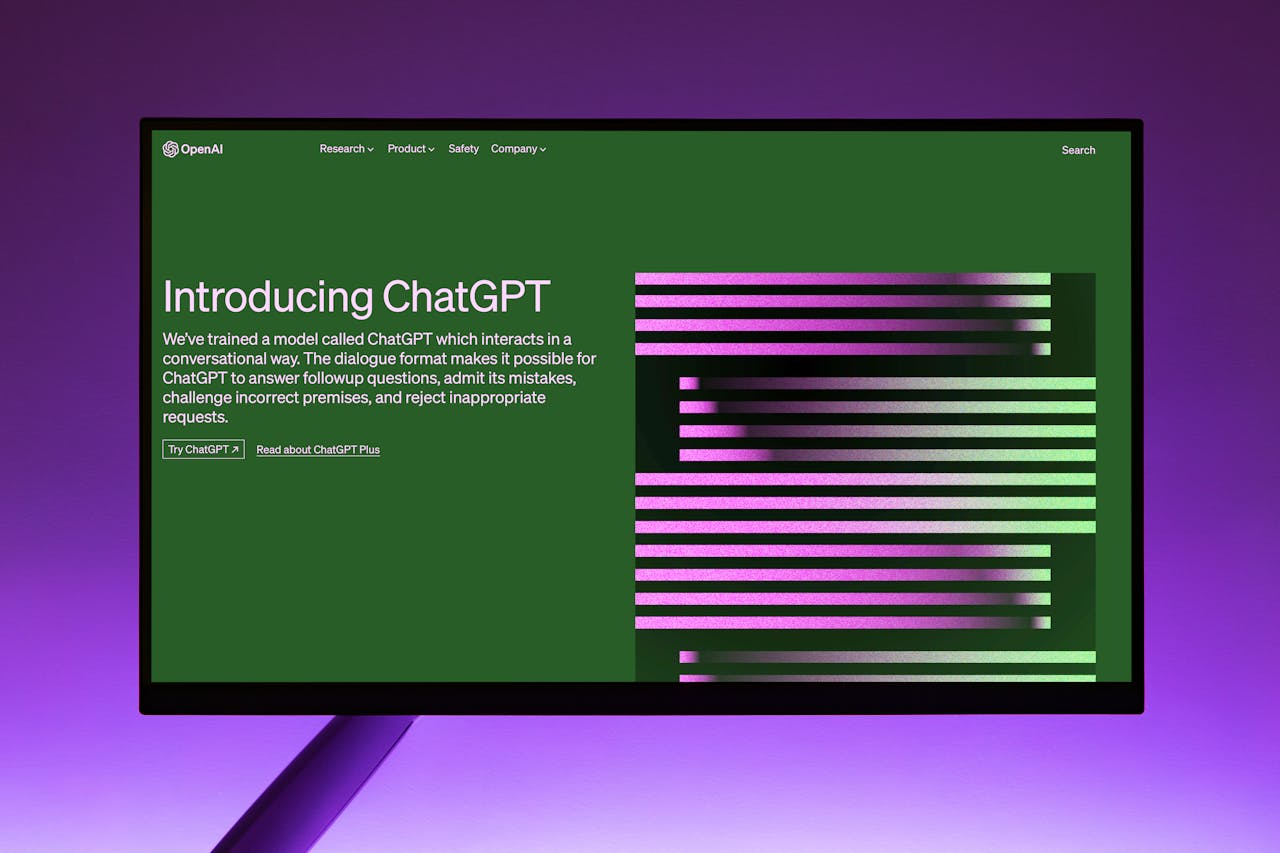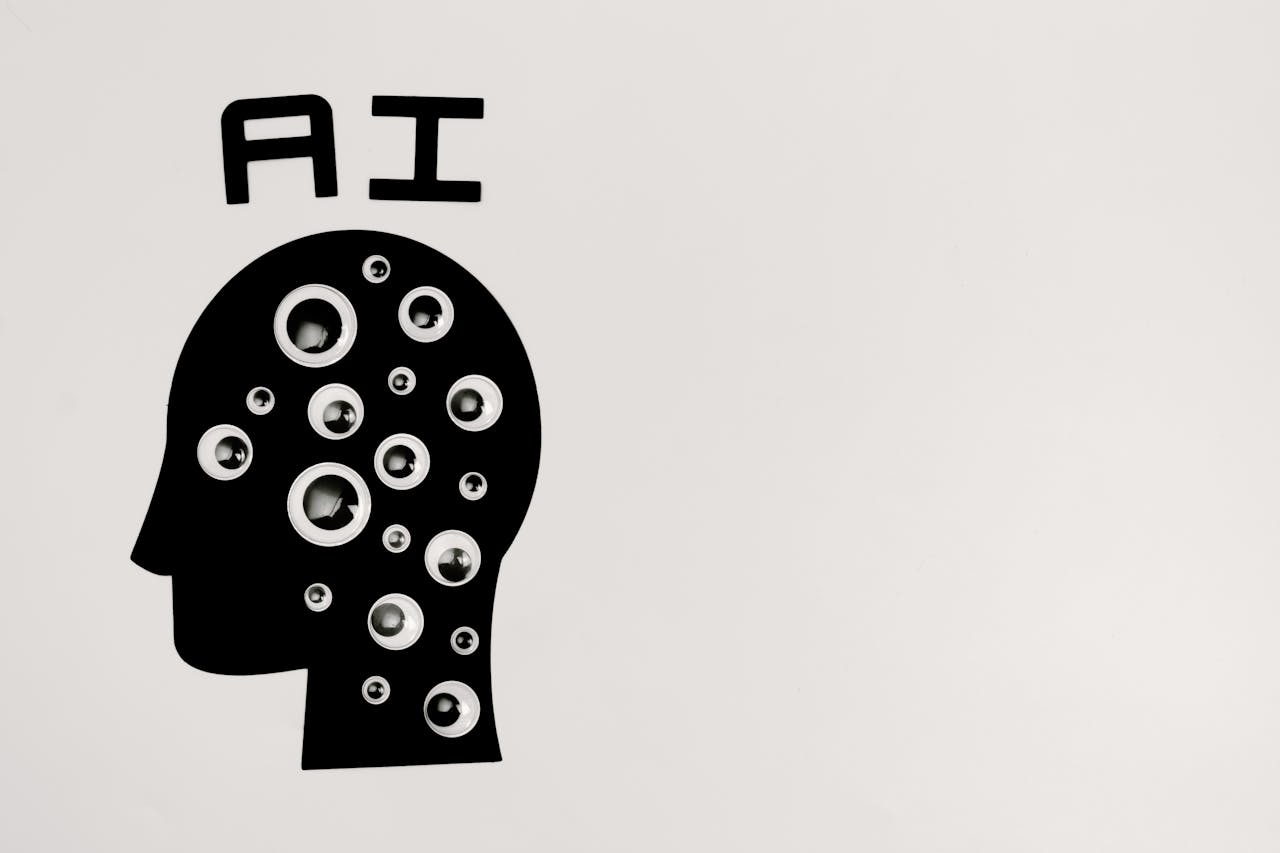How Artificial Intelligence is Transforming Localization and Interpretation
Artificial Intelligence (AI) is revolutionizing translation and localization, making them faster, more accurate, and culturally relevant. Over 50% of translation professionals view AI as essential for efficiency, but only a third actively use it. Here’s how AI is reshaping the industry with key advancements and real-world examples.
Why AI is Essential for Translation
- Handles Huge Volumes: AI processes massive texts, like user manuals or social media posts, in minutes.
- Delivers Speed: Provides near-instant translations while maintaining quality for urgent needs.
- Supports Diverse Languages: Enables translation for over 7,000 languages, including rare ones, to reach new markets.
- Ensures Cultural Relevance: Adapts content to local customs and preferences for natural, engaging results.
AI-Powered Translation Processes
1. Initial Translation
– Traditional Approach: Manual translation, often taking days for large documents.
– AI Approach: Neural networks like DeepL or Google Translate produce accurate drafts in seconds. For example, a 200-page software manual can be pre-translated in under 10 minutes.
– Impact: Cuts translation time by up to 60%.
2. Editing and Localization
– Traditional Approach: Slow, manual corrections of automated drafts.
– AI Approach: AI tools refine translations for context, tone, and regional nuances. For instance, a U.S. marketing tagline like “Grab the Day” can be adapted to “Seize the Moment” in Spain or “Live Today” in Mexico.
– Impact: Boosts editing efficiency by 40%.
3. Real-Time Interpretation
– Traditional Approach: Expensive human interpreters for events or meetings.
– AI Approach: AI systems in apps like Zoom or Microsoft Teams provide live translation. During a global tech webinar, English speech was translated into Japanese with real-time subtitles, enabling seamless participation.
– Impact: Reduces interpretation costs by 50%.
4. Terminology Management
– Traditional Approach: Manually curated glossaries for consistency.
– AI Approach: AI auto-generates and updates term databases. For example, “blockchain” is consistently translated across a tech firm’s global reports.
– Impact: Improves consistency by 30%.
AI in Localization Project Management
- Project Analysis: AI estimates time and resources. For example, localizing a mobile game with complex dialogue is flagged as needing more time than a simple website.
- Translator Matching: Algorithms assign translators based on expertise, like pairing a medical translator with a pharmaceutical project.
- Progress Tracking: AI monitors deadlines, alerting managers if a multilingual app localization risks delay.
- Client Feedback: AI analyzes past feedback to suggest improvements, ensuring higher satisfaction.
Real-World Success Stories
- Gaming Industry: A developer used AI to localize a role-playing game into 12 languages. AI drafts plus human edits cut the timeline from 8 months to 3, speeding up the global launch.
- E-Commerce: An online retailer translated 10,000 product descriptions into 5 languages using AI, increasing international sales by 30% due to better accessibility.
- Nonprofit Sector: During a multilingual virtual summit, AI-powered interpretation saved a charity €40,000 compared to hiring human interpreters for 8 languages.
The Future of Translation
- Multimodal Translation: Integrates text, audio, and visuals for immersive experiences, like localized video ads.
- Automated Quality Checks: Detects errors in grammar or context instantly.
- Predictive Localization: Anticipates needs for emerging markets.
- Human-AI Collaboration: Platforms where translators and AI work together in real time.
Closing Note
AI enhances translators’ creativity and cultural expertise, enabling them to connect global audiences. To stay ahead, consider a course like “Translation in the AI Era” to master these tools. Embrace AI to shape the future of translation!




